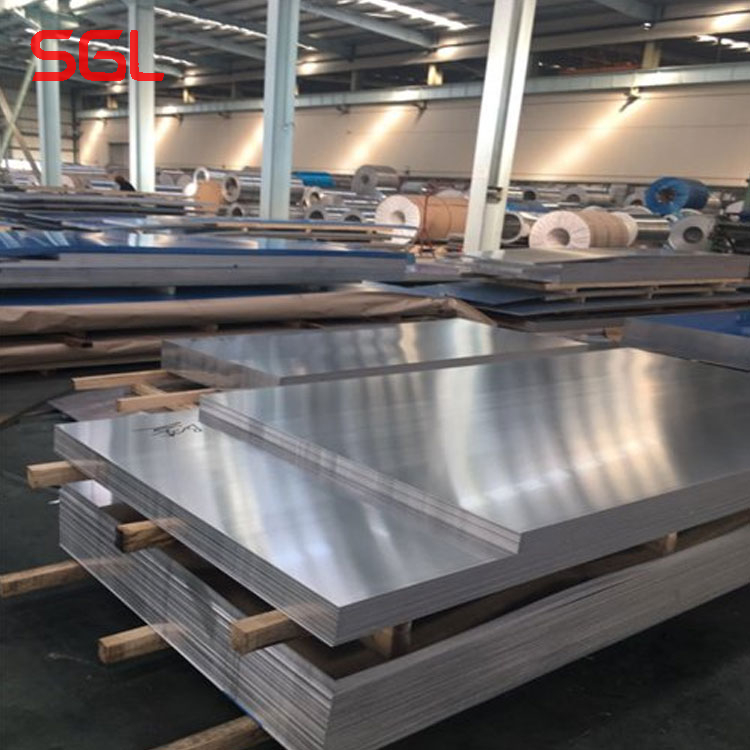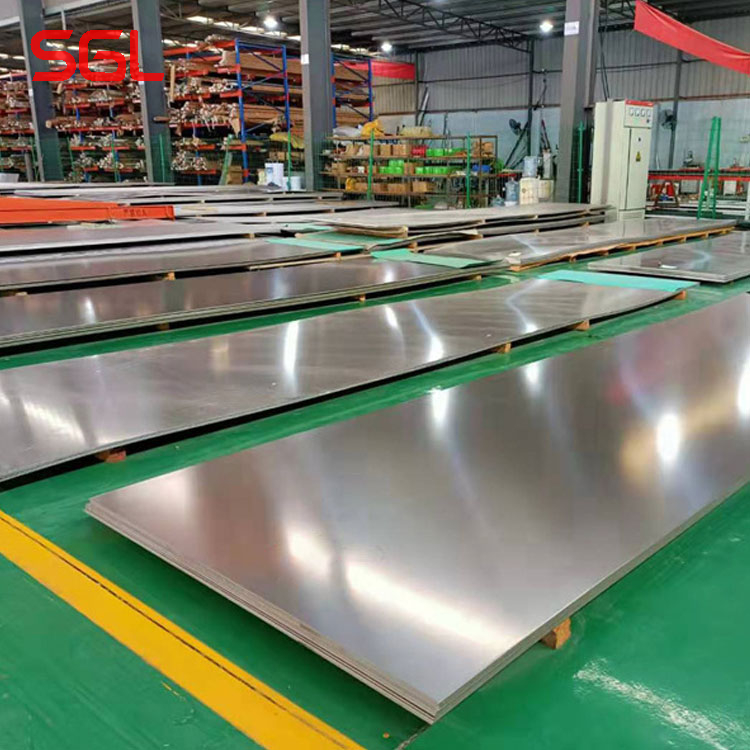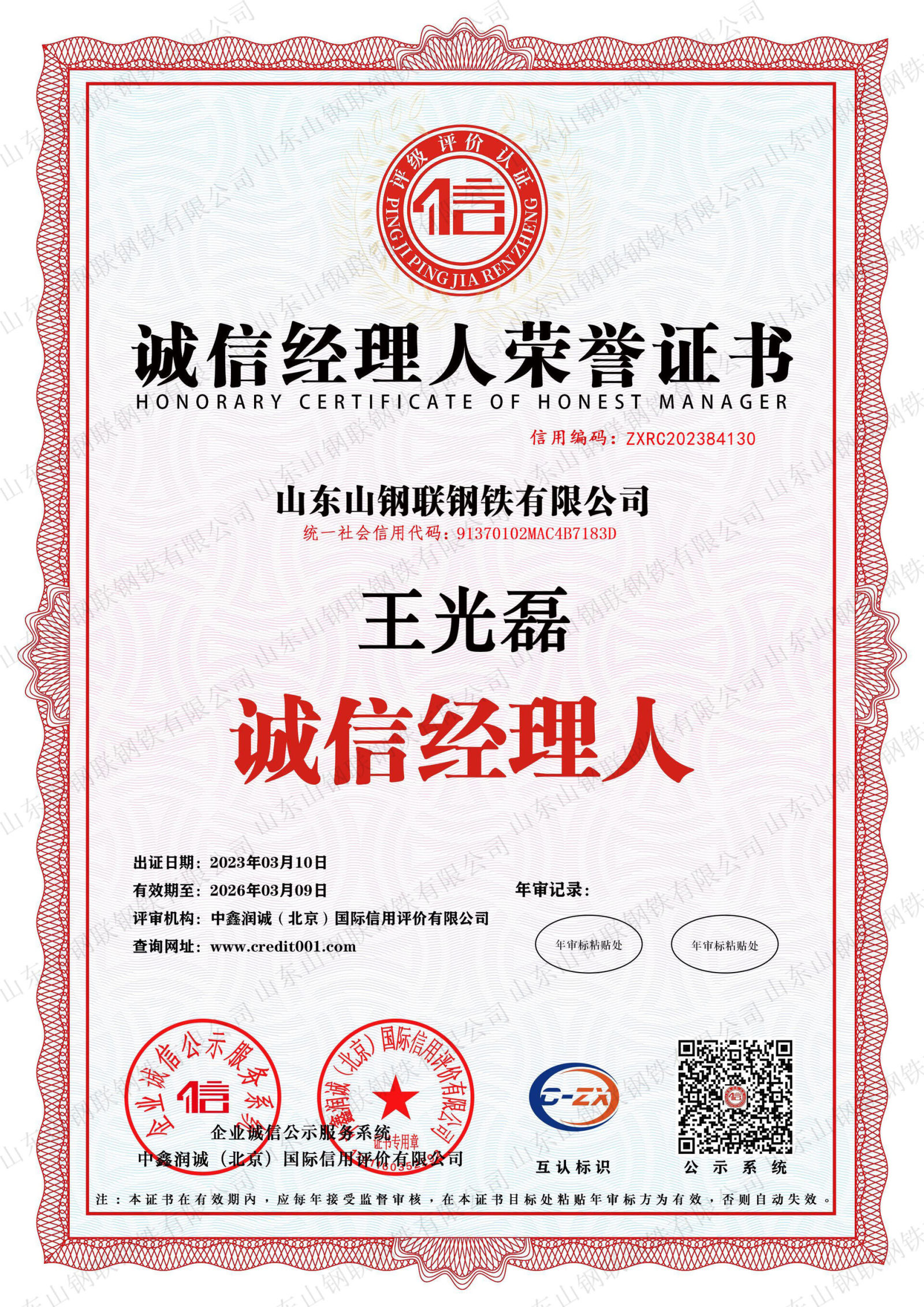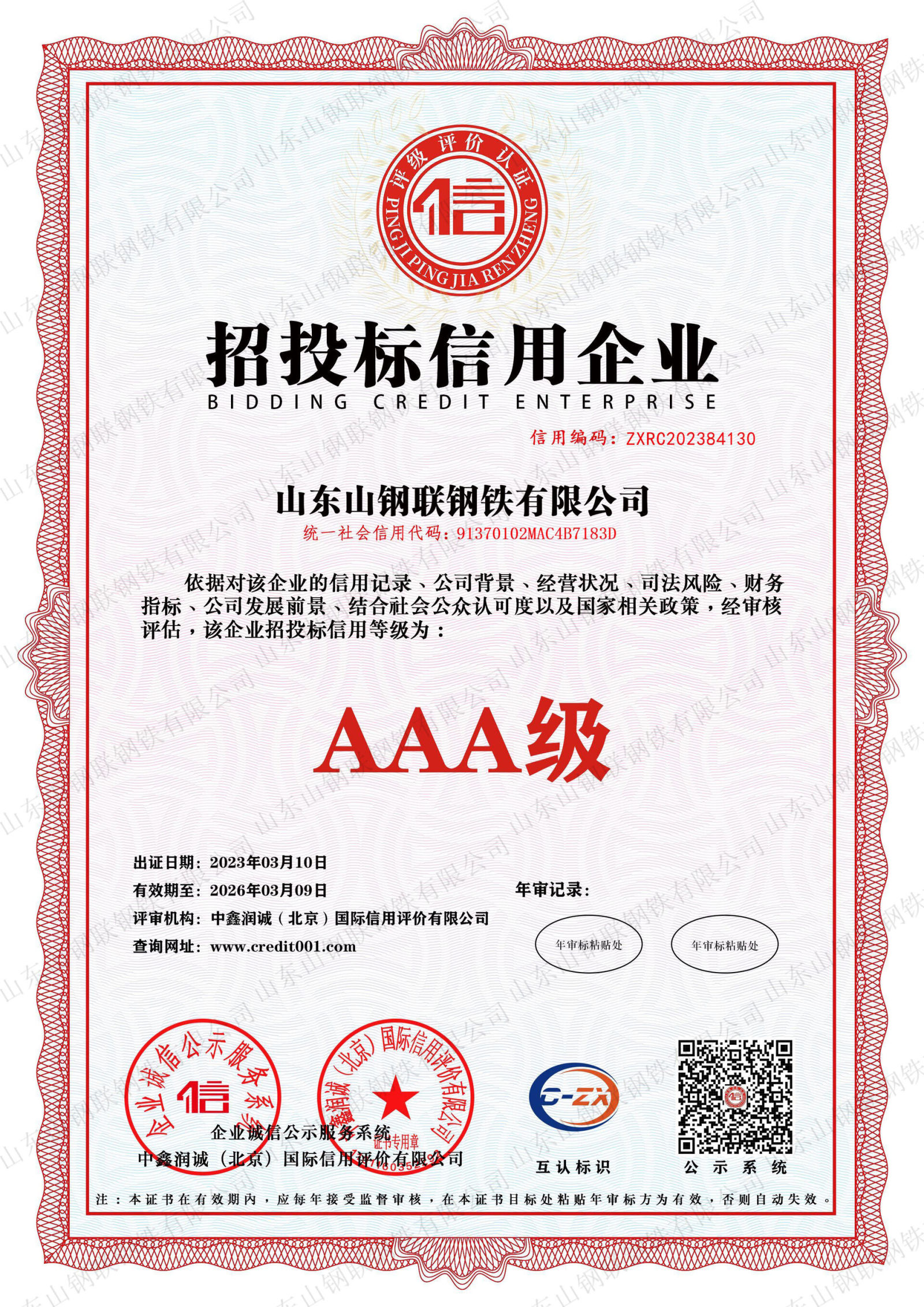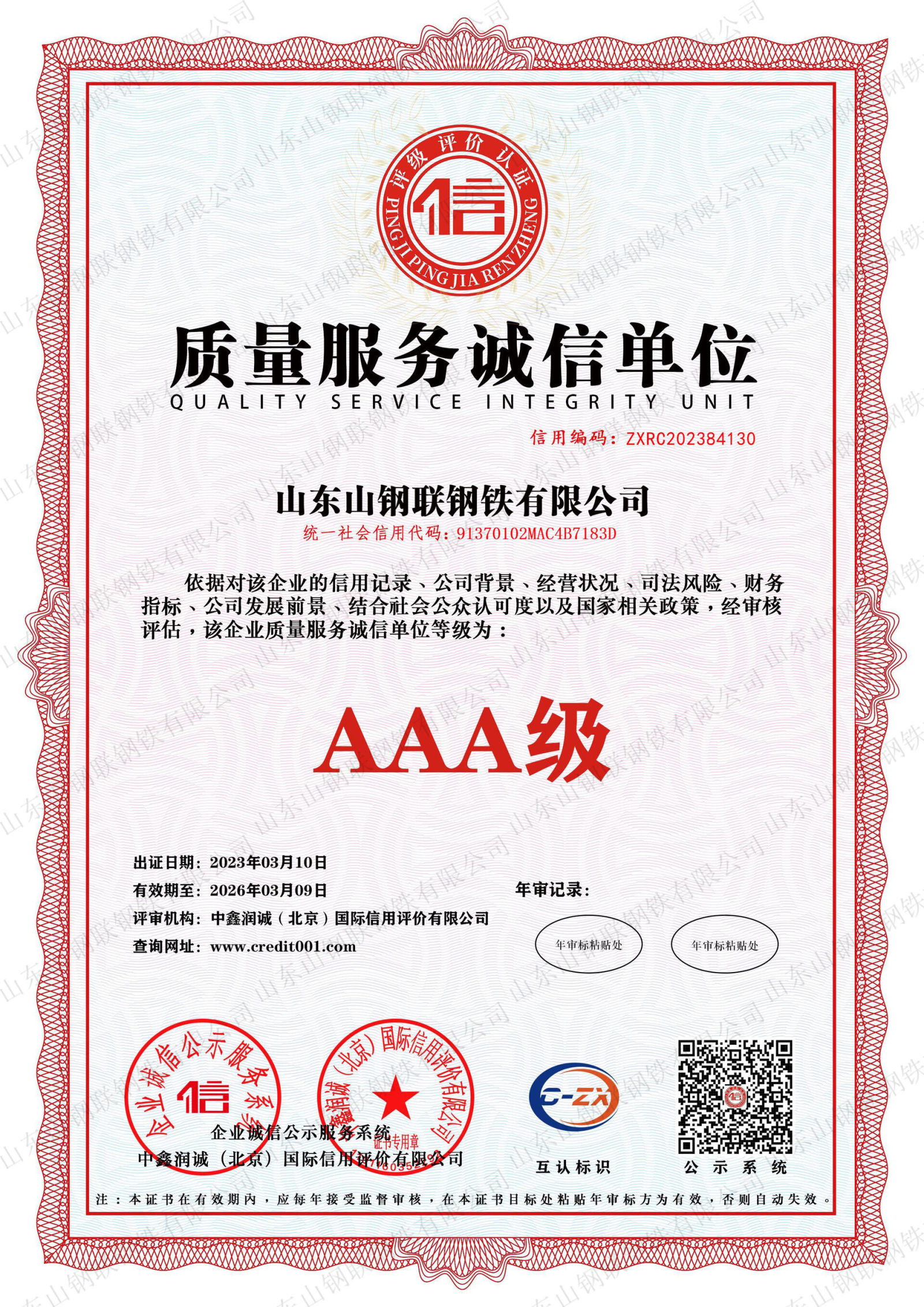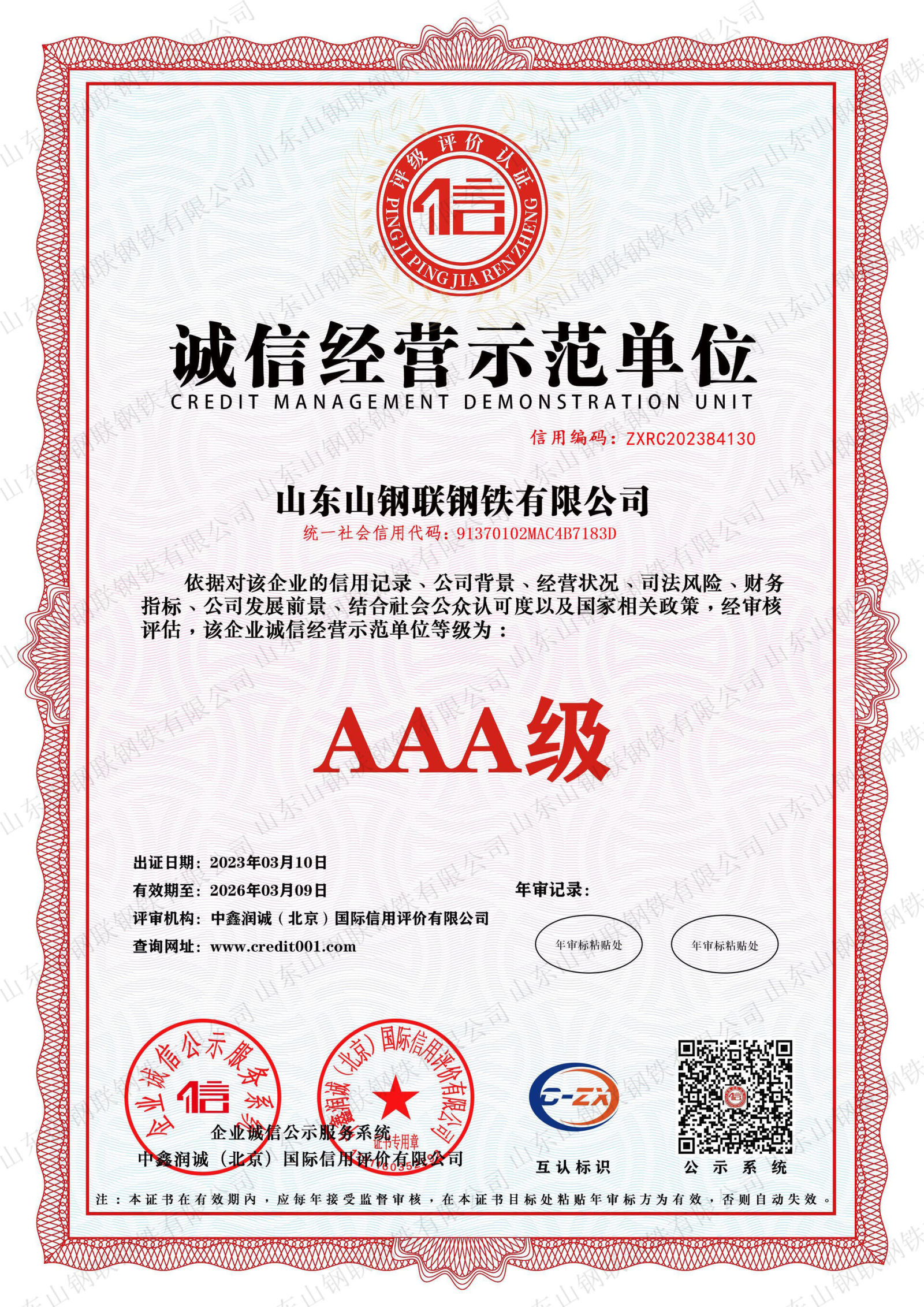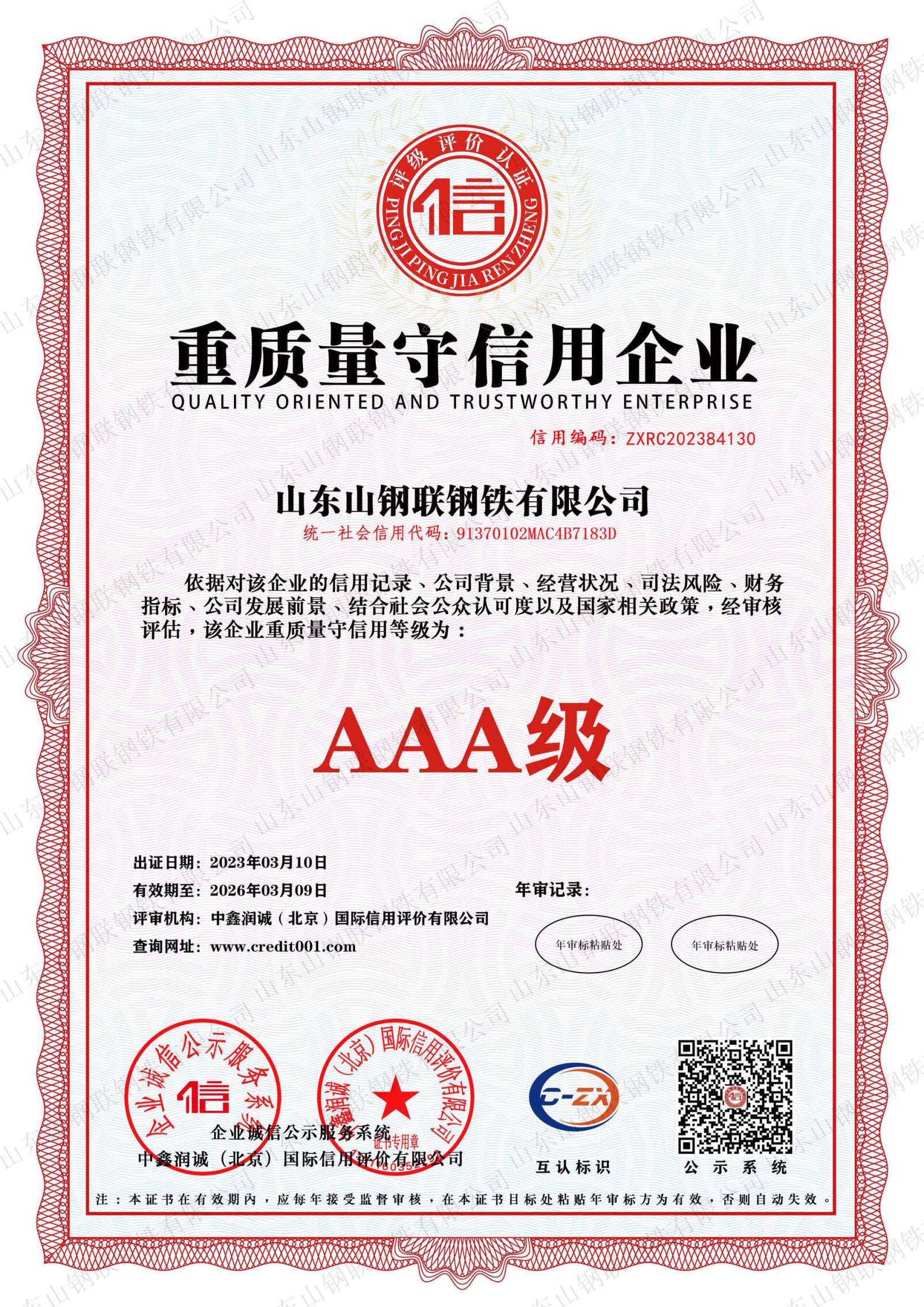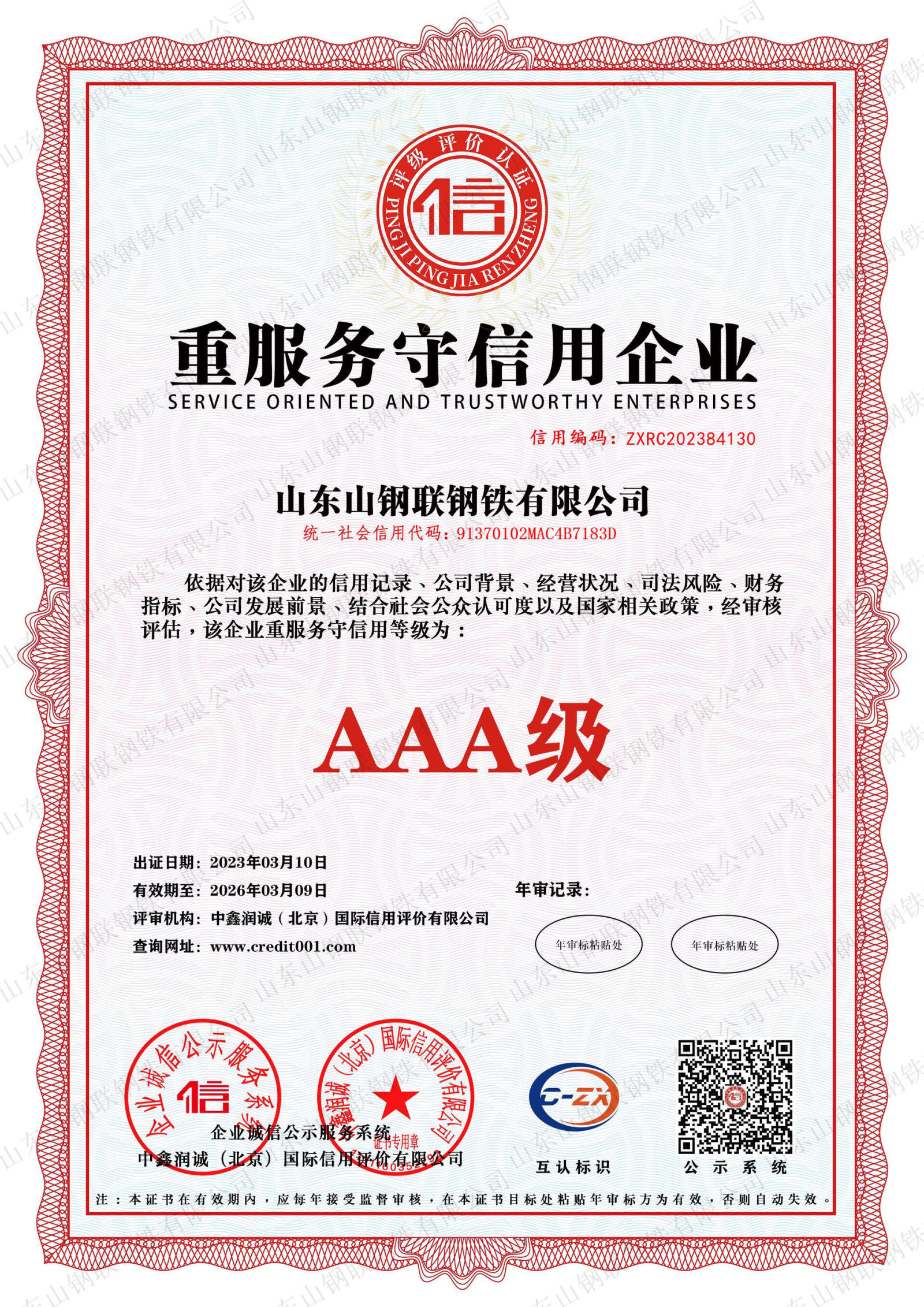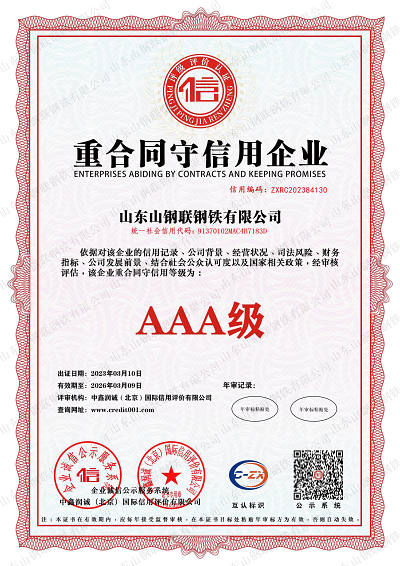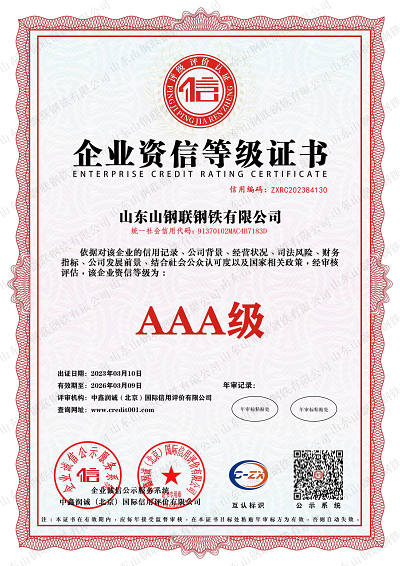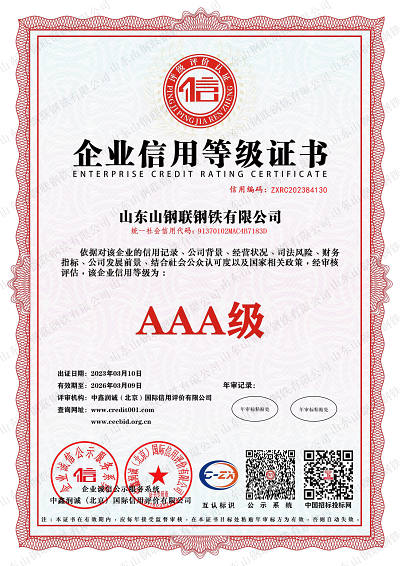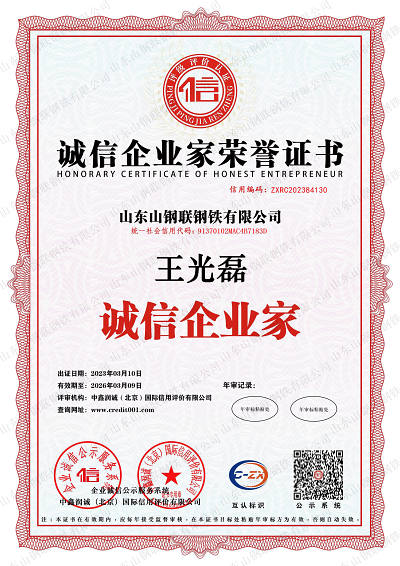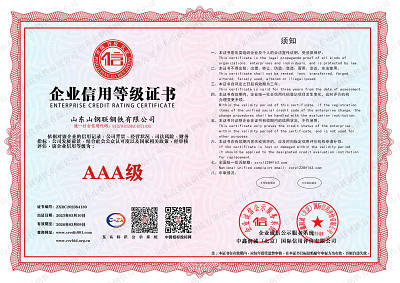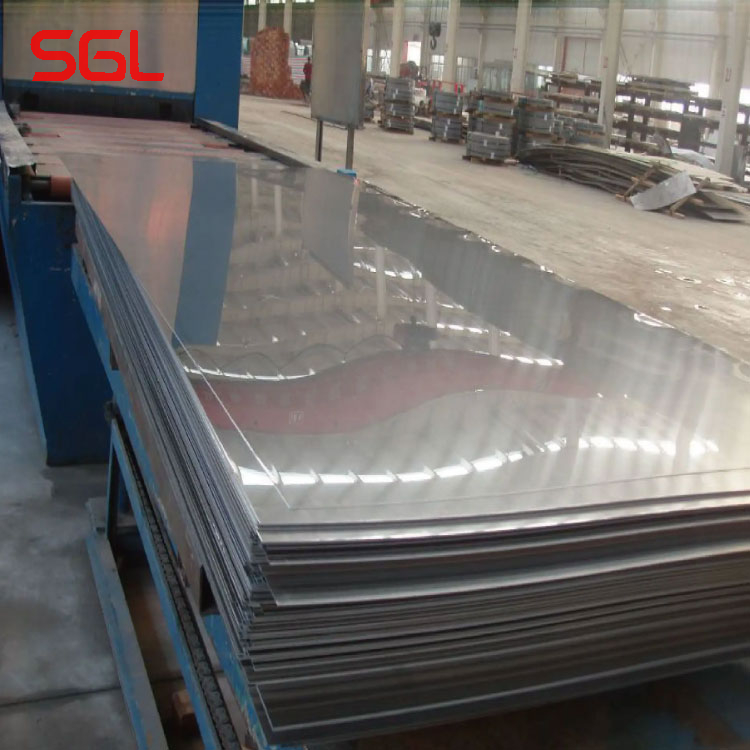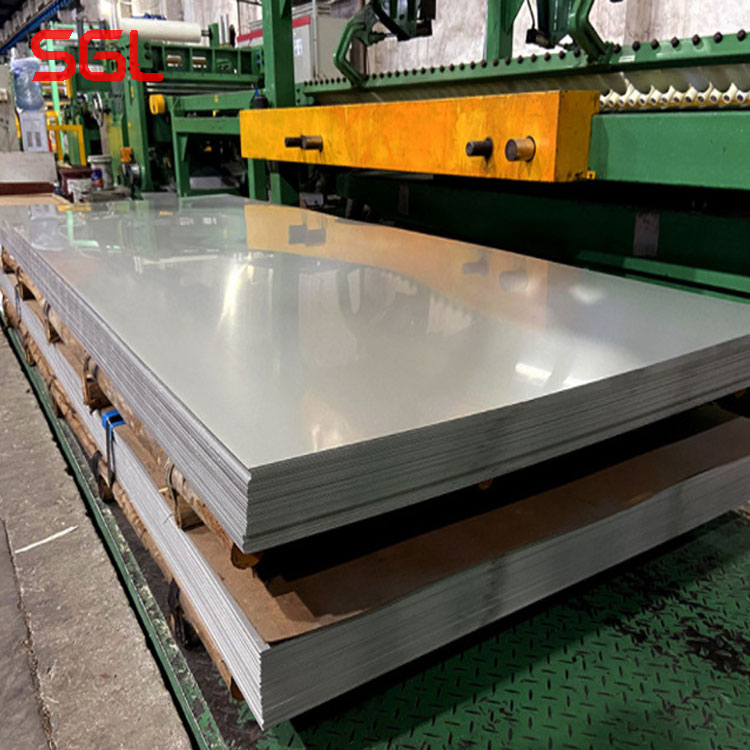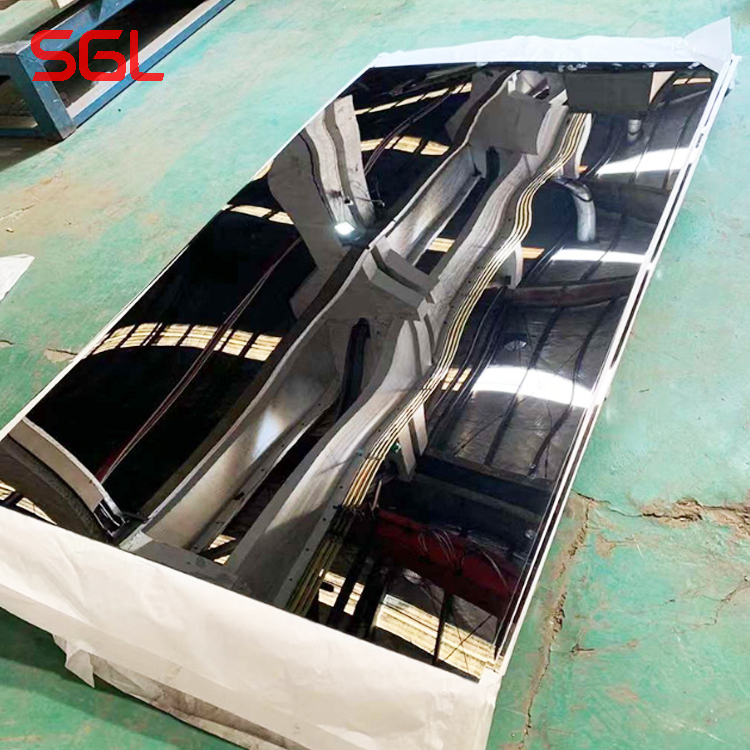
PRODUCTS
Stainless steel is an alloy steel that is not easy to rust. It has a smooth surface and has high toughness, plasticity and mechanical strength, so it has a wide range of applications. In order to ensure that the mechanical properties such as yield strength, tensile strength, elongation and hardness of various stainless steel plates meet the requirements, the steel plates must undergo heat treatments such as annealing, solution treatment, and aging treatment before delivery. Stainless steel plates are widely used in chemical industry, food, medicine, papermaking, petroleum, atomic energy and other industries, as well as various parts of construction, kitchen utensils, tableware, vehicles, and household appliances.
Stainless steel plate is generally a general term for stainless steel plate and acid-resistant steel plate. There are many types of stainless steel plates with different properties, generally divided into martensitic stainless steel plates, ferritic stainless steel plates, austenitic stainless steel plates, duplex stainless steel plates and precipitation hardening stainless steel plates.
According to the organizational structure, stainless steel plates are divided into four categories: austenitic stainless steel plates, martensitic stainless steel plates (including precipitation hardening stainless steel plates), ferritic stainless steel plates, and austenitic plus ferritic duplex stainless steel plates.
Stainless steel plates are classified according to the main chemical components in steel plates or some characteristic elements in steel plates, and are divided into chromium stainless steel plates, chromium-nickel stainless steel plates, chromium-nickel-molybdenum stainless steel plates, low-carbon stainless steel plates, high-molybdenum stainless steel plates, and high-purity stainless steel plates. wait.
According to the performance characteristics and uses of the steel plate, the stainless steel plate is divided into nitric acid resistant stainless steel plate, sulfuric acid resistant stainless steel plate, pitting corrosion resistant stainless steel plate, stress corrosion resistant stainless steel plate, high strength stainless steel plate, etc.
According to the functional characteristics of the steel plate, the stainless steel plate is classified into low-temperature stainless steel plate, non-magnetic stainless steel plate, free-cutting stainless steel plate, superplastic stainless steel plate, etc.
The commonly used classification methods for stainless steel plates are classified according to the structural characteristics of the steel plates, the chemical composition characteristics of the steel plates, and the combination of the two. It is generally divided into martensitic stainless steel plate, ferritic stainless steel plate, austenitic stainless steel plate, duplex stainless steel plate and precipitation hardening stainless steel plate. Or directly divided into two categories: chromium stainless steel plate and nickel stainless steel plate.
Stainless steel plate is an alloy steel plate that is not easy to rust. There are many types of steel plates with different properties.
According to the organizational structure, it is divided into four categories: austenitic stainless steel plate, martensitic stainless steel plate (including precipitation hardening stainless steel plate), ferritic stainless steel plate, and austenitic plus ferritic duplex stainless steel plate.
According to the main chemical composition or some characteristic elements in the steel plate, it can be divided into chromium stainless steel plate, chromium-nickel stainless steel plate, chromium-nickel-molybdenum stainless steel plate, low-carbon stainless steel plate, high-molybdenum stainless steel plate, high-purity stainless steel plate, etc.
According to the performance characteristics and uses of the steel plate, it is divided into nitric acid resistant stainless steel plate, sulfuric acid resistant stainless steel plate, pitting corrosion resistant stainless steel plate, stress corrosion resistant stainless steel plate, high strength stainless steel plate, etc.
According to the functional characteristics of the steel plate, it is divided into low-temperature stainless steel plate, non-magnetic stainless steel plate, free-cutting stainless steel plate, superplastic stainless steel plate, etc.
Classified according to the production method, it can be divided into two types: hot-rolled stainless steel plate and cold-rolled stainless steel plate.
The commonly used classification method is to classify according to the structural characteristics of the steel plate, the chemical composition characteristics of the steel plate, and the combination of the two. It is generally divided into five categories: martensitic stainless steel, ferritic stainless steel, austenitic stainless steel, duplex stainless steel and precipitation hardening stainless steel, or divided into two categories: chromium stainless steel and nickel stainless steel.
Surface Features & Manufacturing Methods & Applications of Stainless Steel Sheets
International labeling method for stainless steel plate
The American Iron and Steel Institute uses three digits to mark various standard grades of malleable stainless steel. in:
① Austenitic stainless steel is marked with numbers of 200 and 300 series. For example, some of the more common austenitic stainless steels are designated 201, 304, 316, and 310.
②Ferritic and martensitic stainless steels are represented by numbers in the 400 series. Ferritic stainless steels are marked with 430 and 446, and martensitic stainless steels are marked with 410, 420 and 440C.
③ Duplex (austenitic-ferritic) stainless steel, precipitation hardening stainless steel and high alloys with iron content less than 50% are usually named by patent names or trademarks.
The role of chemical elements in stainless steel:
Carbon (C): 1. Improve the deformation resistance and tensile strength of the blade; 2. Enhance the hardness and improve the wear resistance.
Chromium (Cr): 1. Enhances hardness, tensile strength and toughness; 2. Anti-wear and corrosion.
Cobalt (Co): 1. Increases hardness and strength so that it can withstand high temperature quenching; 2. Used to strengthen some individual characteristics of other elements in more complex alloys.
Copper (Cu): 1. Enhance corrosion resistance; 2. Enhance wear resistance.
Manganese (Mn): 1. Increase hardenability, wear resistance and tensile strength; 2. Take oxygen away from the molten metal by separating oxidation and separating vaporization; 3. When added in large amounts, increase hardness, but increase brittleness.
Molybdenum (Mo): 1. Enhance strength, hardness, hardenability and toughness; 2. Improve machinability and corrosion resistance.
Nickel (Ni): 1. Enhance strength, hardness and corrosion resistance.
Phosphorus (P): 1. Enhance strength, machinability and hardness. 2. When the concentration is too high, it is easy to be brittle
Silicon (Si): 1. Enhances ductility; 2. Increases tensile strength; 3. Takes oxygen away from molten metal by separating oxidation and separating vaporization.
Sulfur (S): Used in small amounts to improve machinability.
Tungsten (W): Increases strength, hardness and toughness.
Vanadium (V): Increases strength, hardness and shock resistance.
Why does stainless steel have such strong corrosion resistance?
The corrosion resistance of stainless steel mainly depends on its alloy composition (chromium, nickel, titanium, silicon, aluminum, etc.) and internal structure, and the main role is chromium. Chromium has high chemical stability and can form a passivation film on the steel surface to isolate the metal from the outside world, protect the steel plate from oxidation, and increase the corrosion resistance of the steel plate. After the passivation film is destroyed, the corrosion resistance decreases.
300-600 type stainless steel brief description:
300 Series—Austenitic Stainless Steel
Model 301—Good ductility, used for forming products. It can also be hardened by mechanical processing. Good weldability. Wear resistance and fatigue strength are better than 304 stainless steel.
Model 302—The corrosion resistance is the same as 304, and the strength is better due to the relatively high carbon content.
Model 303—By adding a small amount of sulfur and phosphorus, it is easier to cut than 304.
Model 304—General model; ie 18/8 stainless steel. The GB grade is 0Cr18Ni9.
Model 309—better temperature resistance than 304.
Type 316—after 304, the second most widely used steel grade, mainly used in the food industry and surgical equipment, adding molybdenum to obtain a special corrosion-resistant structure. Because it has better resistance to chloride corrosion than 304, it is also used as "marine steel". SUS316 is usually used in nuclear fuel recovery devices. Grade 18/10 stainless steel is also generally suitable for this application level.
Model 321—Similar to 304 except that the risk of material weld corrosion is reduced due to the addition of titanium.
400 Series—Ferritic and Martensitic Stainless Steels
Model 408—good heat resistance, weak corrosion resistance, 11% Cr, 8% Ni.
Model 409—The cheapest model (British and American), usually used for automobile exhaust pipes, is a ferritic stainless steel (chrome steel).
Model 410—martensitic (high-strength chromium steel), good wear resistance, poor corrosion resistance.
Type 416—addition of sulfur improves the machinability of the material.
Type 420—"Knives Grade" Martensitic Steel, the original stainless steel similar to Brinell High Chromium. It is also used for surgical knives and can be made very shiny.
Type 430—Ferritic stainless steel, decorative, eg for automotive trim. Good formability, but poor temperature resistance and corrosion resistance.
Model 440—high-strength cutting tool steel with slightly higher carbon content, higher yield strength can be obtained after proper heat treatment, and the hardness can reach 58HRC, which belongs to the hardest stainless steel. The most common application example is "razor blades". There are three commonly used models: 440A, 440B, 440C, and 440F (easy to process).
500 Series—Heat Resistant Chromium Alloy Steel
600 Series—Martensitic precipitation-hardening stainless steels.
Type 630—the most commonly used type of precipitation hardening stainless steel, also commonly called 17-4; 17%Cr, 4%Ni.




Chat Online
